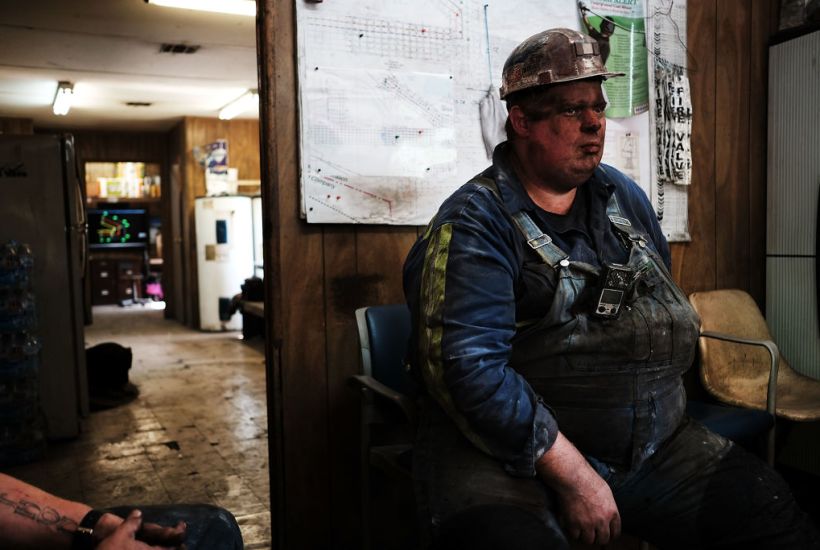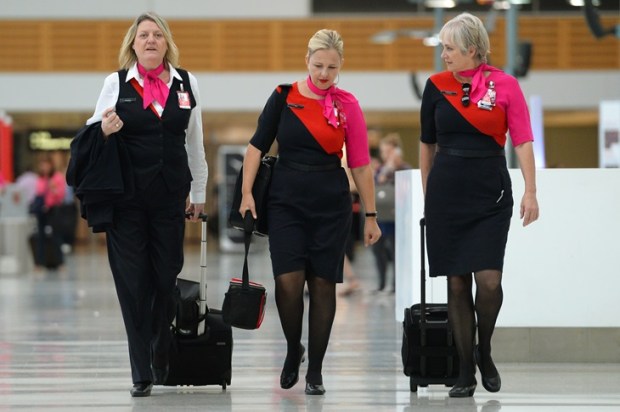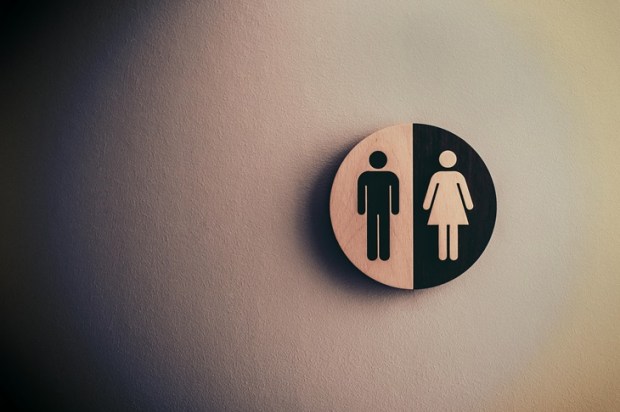A team of researchers from the University of Missouri and the University of Essex have produced a new way of measuring the relative well-being of both sexes (yes, only two, according to these academic dinosaurs), called the Basic Index of Gender Inequality (BIGI). The results are surprising – and will, no doubt, prove controversial:
In 91 (68%) of the 131 countries, men were on average more disadvantaged than women, and in the other 43 (32%) countries, women were more disadvantaged than men…
We found that low levels of human development are typically associated with disadvantages for girls and women, while medium and high levels of development are typically associated with disadvantages for boys and men. Countries with the highest levels of human development are closest to gender parity, albeit typically with a slight advantage for women.
The different results than commonly obtained by other measures like the Global Gender Gap Index are due to a different methodology, as the researchers explain:
Our proposed measure is based on sex differences in the opportunity to lead a long healthy and satisfied life that is grounded on educational opportunities. The measure better captures variation in gender inequality than other measures, with inclusion of outcomes that can be favorable or unfavorable to either sex, not simply unfavorable to women… [emphasis added]
Apart from political agendas, research on gender inequality has also almost exclusively focused on issues highlighted in the women’s rights movement. Issues disadvantaging more men than women have been understudied… and are not heavily weighted (if at all) in widely used measures of gender inequality, such as the highly cited Global Gender Gap Index (GGGI). Further, the GGGI truncates all values such that no country can, by definition, be more favorable for women than for men (for details see below). As a result, existing measures do not fully capture patterns of wellbeing and disadvantage at a national level. This is an important oversight, as there are issues that disproportionately affect boys and men. Among the many examples are harsher punishments for the same crimes and an overrepresentation (93% worldwide) in the prison population; compulsory military service (in living history or currently); the large majority of homeless people without shelter are men; higher levels of drug and alcohol abuse; higher suicide rates; more occupational deaths; underperformance in schools; and, men are more often victims of physical assault in general and within schools, thus limiting educational opportunities. Men are also overrepresented in occupations that are risky (e.g., exposure to toxins) and physically taxing, such as front-line military duty, firefighting, mining, construction, or sewage cleaning.
In many countries, the retirement age is higher for men than women (although there are a few in which women’s effective age of labor market exit is later, including Spain, Finland, and France), but even when it is equal, men often have fewer retirement years due to a shorter healthy life expectancy.
Finally, polygyny is tolerated in nearly half of all nations and is reported as being negative for women and it often is; for a nuanced discussion see. Polygyny, however, also means that more men than women in these nations are excluded from marriage, a family, and the opportunity to reproduce (given that polygyny leads to an unequal distribution of available partners). In other words, polygyny can be viewed as disadvantageous for most men (irrespective of the fact of whether it is disadvantageous for most women, as noted).
BIGI is essentially the average of three components: Ratio in healthy life span, ratio in overall life satisfaction, and ratio in educational opportunities during childhood (each component in turn based on a number of distinct measurements). The graph below shows the distribution of the 131 countries, for which the researchers had sufficient data.
Very crudely, men suffer from shorter and more brutish lives and women from fewer educational and other opportunities in theirs. Hence the report’s recommendation: “Internationally, improvements in gender parity may be reached by focusing on education in the least developed nations, and by focusing on preventative health care, for example in regard to abuse of drugs and alcohol, in medium and highly developed nations.”
The last word on the topic? Far from it, but an interesting and valuable addition to the research and the debate on this important and often contentious topic.
Women’s untapped potential, resulting from poorer access to educational and economic opportunities, is one of the major reasons why so many developing countries lag in prosperity and wellbeing.
The developed world is doing better but there is still work to be done – which is too important to be seen as a zero-sum game in some sort of the war of the sexes.
Arthur Chrenkoff blogs at The Daily Chrenk, where this piece also appears.
Got something to add? Join the discussion and comment below.
Got something to add? Join the discussion and comment below.
Get 10 issues for just $10
Subscribe to The Spectator Australia today for the next 10 magazine issues, plus full online access, for just $10.


























Comments
Don't miss out
Join the conversation with other Spectator Australia readers. Subscribe to leave a comment.
SUBSCRIBEAlready a subscriber? Log in